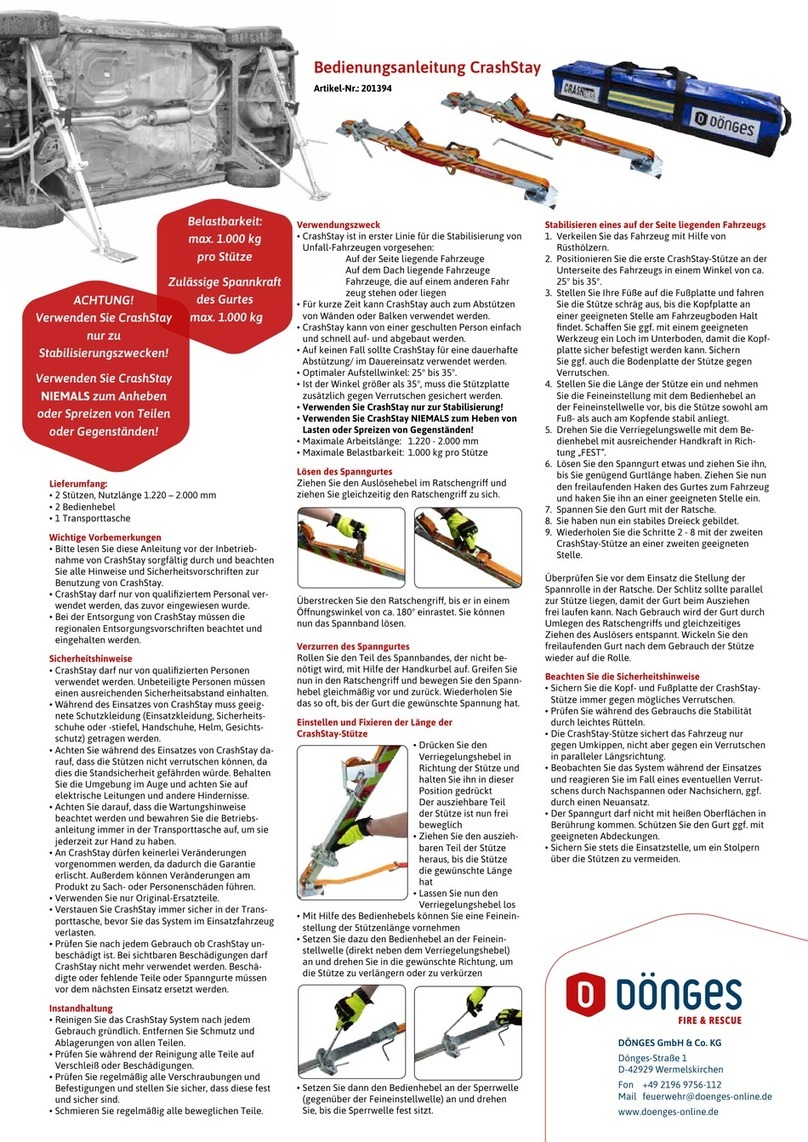
Safety instructions
KEEP THESE IMPORTANT SAFETY INSTRUCTIONS IN A SAFE PLACE
This document contains important instructions and guidelines that you must follow when using the
Emergency Plug.
WARNINGS
Please read this document carefully before using the Emergency Plug. Failure to comply with these
notes and instructions may result in fire, electric shock, serious injury and even death.
- Only use the Emergency Plug in the manner and within the application limits specified.
- Do not use the Emergency Plug for purposes other than those described in this manual.
- Use the Emergency Plug as a tool, but always comply with and follow the locally applicable regulations.
- Never use the Emergency Plug on a vehicle that is still moving.
- Do not use the Emergency Plug if it is broken, cracked, torn or otherwise damaged or does not work.
- Do not attempt to disassemble, repair, isolate or modify the Emergency Plug yourself.
Please contact Total Safety Solutions or an authorised partner for repairs.
- Do not use your own generator as a power source for the Emergency Plug. Only use
approved batteries for the Emergency Plug.
- Do not expose the Emergency Plug to highly flammable substances and vapours.
- Handle the Emergency Plug with care. Make sure that it is not twisted or bent when touching or
inserting it. Do not stand on the Emergency Plug. Prevent the Emergency Plug from being
damaged by careless use.
- Do not insert any foreign objects into the Emergency Plug.
- Do not use solvents or products containing solvents to clean the Emergency Plug.
NOTES
Do not use the Emergency Plug outside the temperature range of -20°C to +50°C. Store the
Emergency Plug in a clean, dry environment. If the Emergency Plug has become damp during
use, allow it to dry first before placing it back in the storage box provided.




























